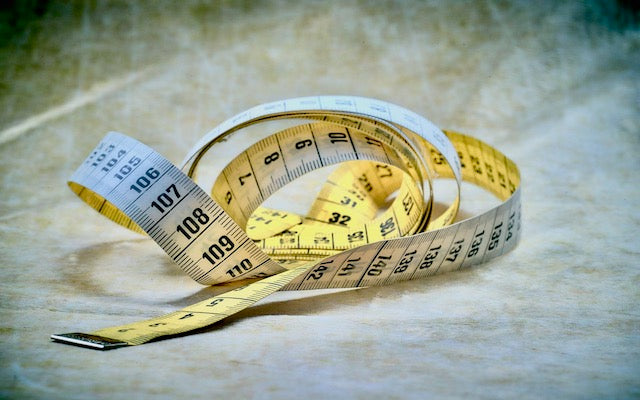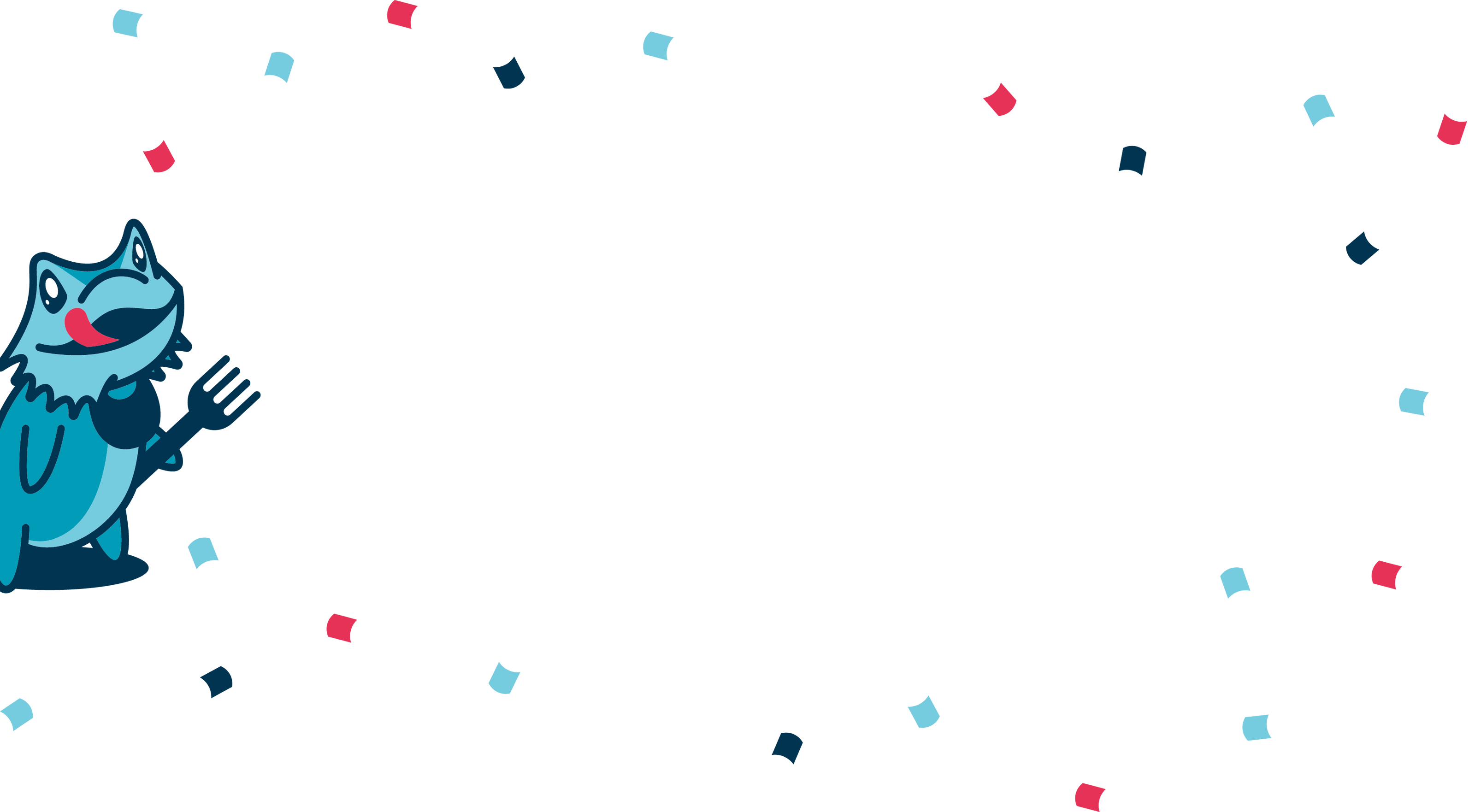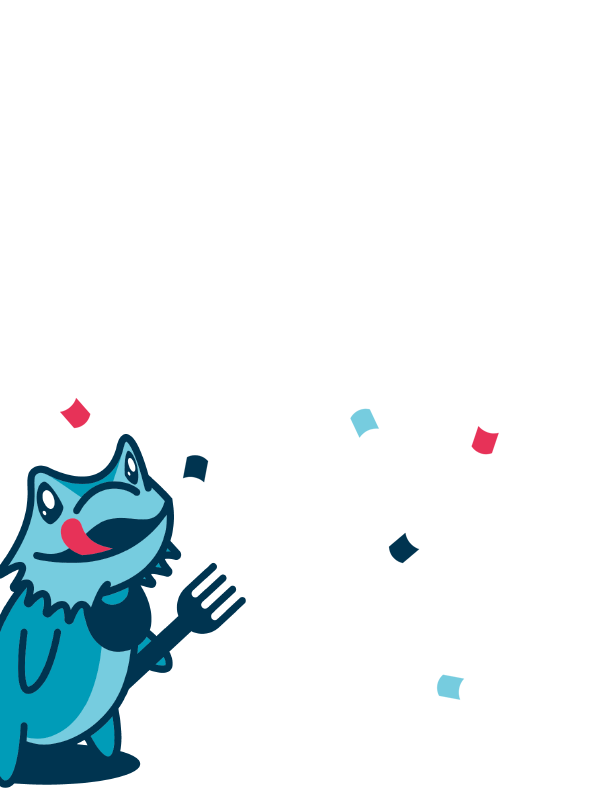If you’re considering a bearded dragon as a pet, you probably have a lot of questions. “How big do bearded dragons get?” is definitely something you should ask before you bring one home. You need to make sure you have enough room for one, of course. And size is one indicator of health, so you should know what to expect.
In this post, we discuss how fast bearded dragons grow and how big they can get, as well as some factors that affect their size and weight.
Please note we are discussing the Pogona Vitticeps species of bearded dragon, which is the most common when it comes to pets. Various species have various growth expectancies. Taking your dragon to the vet regularly for checkups will help you track your dragon’s growth and address any issues.
Bearded Dragon Growth Chart
Before we jump into our discussion, you may want to glance at this growth chart, which includes a range of normal lengths and weights for bearded dragons at various stages. Every dragon is different, of course, but if you notice your dragon is measuring significantly outside of these ranges, you should contact your vet.
|
Age |
Length |
Weight |
|
Hatchlings |
3 inches |
4-6 grams |
|
Babies (1-3 months) |
3-9 inches |
4-20 grams |
|
Juveniles (3-11 months) |
8-24 inches |
20-400 grams |
|
Adults (12-18 months) |
Female: 16-19 inches Male: 19-24 inches |
400-550 grams |
How Fast Do Bearded Dragons Grow?
Bearded dragons grow a lot during their first year of life! Here’s what you can typically expect with length:
- Hatchlings are about 3 inches long.
- Babies range from 3 to 9 inches long. As they grow, they primarily need insects for protein in their diet.
- Juvenile dragons grow 1 to 3 inches per month, typically when they are between 3 and 11 months old. They sprout from 8 or 9 inches up to 24 inches long. This is the time when the most rapid growth occurs. Your juvenile will probably be eating a lot during this stage!
- Adult dragons stop growing when they are 12 to 18 months old, although some dragons continue growing until they are 24 months old. This is a big reason why adult dragons need more veggies and greens, and less protein in their diet. Otherwise, they will be at risk for obesity.
What Is a Healthy Weight for a Bearded Dragon?
Bearded dragons gain quite a bit of weight as they grow. Here is the range you can expect per age:
- Babies weigh 4 to 6 grams, reaching up to 20 grams by 3 months.
- Juveniles between 3 and 11 months gain a lot of weight as they grow, starting around 20 grams and ending up around 400 grams (roughly 14 ounces).
- Adults may weigh 400 grams or more.
Pro Tip: Regular vet checkups are important to make sure your dragon is growing at a normal pace.
It is possible for bearded dragons to become obese, especially if they are eating a lot of feeders and getting little exercise. Sadly, this can easily happen for dragons in captivity if their owners are not informed about proper care.
Provide your dragon with a healthy diet, an appropriately sized tank, and exercise to prevent obesity, as this can cause health issues for your dragon.
If your adult dragon weighs over 500 grams, keep an eye out for any signs of obesity such as very thick tail base or stomach dragging on the ground.
Factors That Influence How Big a Bearded Dragon Can Get
Every dragon is different, of course, so it’s impossible to pinpoint exactly how big your dragon will get. But there are some factors that can influence growth, for the better or worse. These include:
- Gender (Males are usually longer than females.)
- Lighting & temperature
- Cleanliness of terrarium
- Diet
- Hydration
- Calcium supplementation
- Brumation (brumating before 12 months can stunt growth)
- Stress level
- Illness (especially metabolic bone disease or any illness that occurs during periods of growth)
To state the obvious, it’s important to give your dragon proper care and closely recreate his natural environment. A dragon on a balanced diet in a healthy environment has the best chance of growing to his full potential.
If you have questions or feedback, we'd love to hear from you! Please email us at team@dragonsdiet.com








